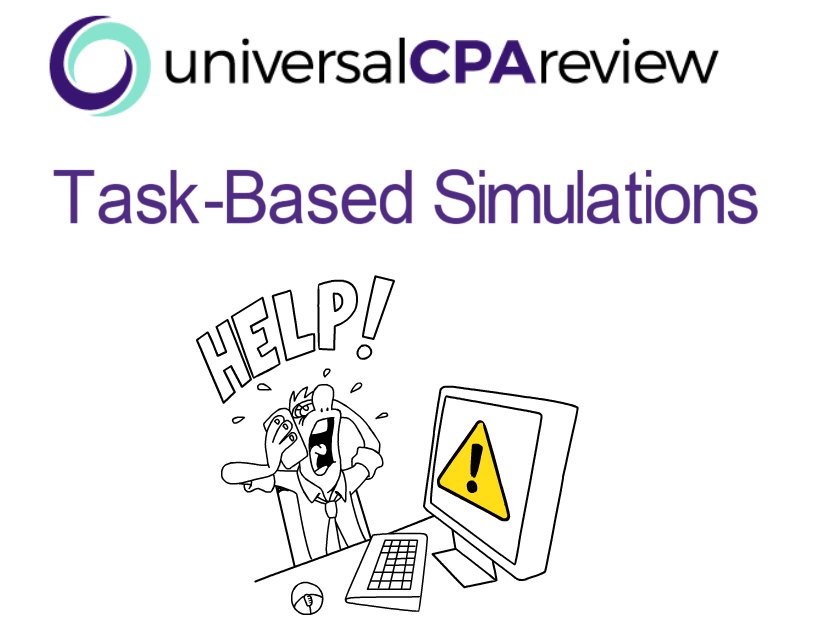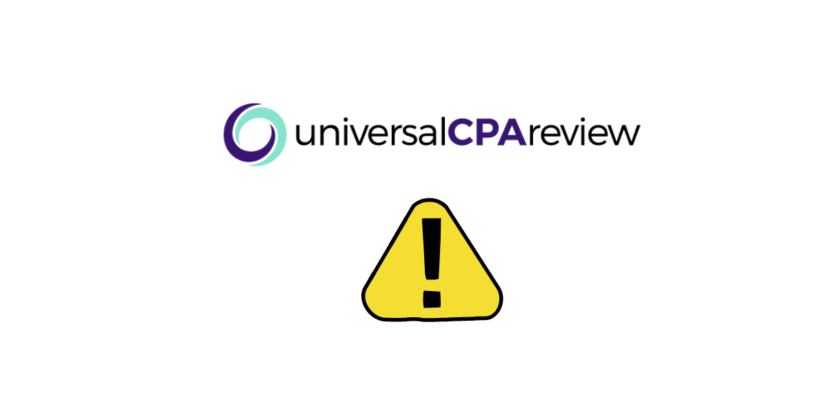Task based simulations make up the second portion of all four test sections (AUD, BEC, FAR, and REG) of the CPA exam and are now worth 50% of a candidate’s score. For many, simulations are the most daunting part of the exam due to the unpredictable nature of them. CPA exam task based simulations are arguably the most difficult aspect of the test for a variety of reasons. First of all, contrary to the multiple-choice portion, it’s harder to make an educated guess. Some simulations are completely blank, requiring the candidate to perform the entire task without any options or hints. Simulations truly test a candidates understanding of a concept. Second of all, they are performed during the latter half of the exam. The exams are long, and truthfully, mentally exhausting. Half of the battle of successfully completing simulations is sustaining enough mental focus to get through them. All of that said, they must be done somewhat correctly in order to pass each part of the exam.

First Piece of Advice:
Odds are the content of the simulations you practice will not appear on the actual exam you take. However, the format will essentially be the same, if not very similar.
“The first piece of advice I have regarding simulations is practice, practice, practice.”
The context and “ask” of the simulation is intimidating enough; the last thing you want is to waste time trying to understand the format because it is the first time you are seeing it. The first piece of advice I have regarding simulations is practice, practice, practice. The four types of simulations are research, matching, fill-in-the-blank, and journal entries. If you can successfully learn how to navigate each format and thoroughly understand what each format requires, you can direct more of your attention to the “ask” of the simulation.
Second Piece of Advice:
Seeing each simulation for the fist time is nerve-wracking. I know the temptation to immediately get started and fill in as much as can, under the assumption you know what is being asked.
“The second of piece of advice may seem obvious, but it’s important – read the instructions first. But take a deep breath, and slowly read the instructions.”
As we all know, time is of the essence. The worst thing that can happen is you complete the entire simulation and then find out that you did not address the purpose of the question correctly. The instructions can contain a lot of information-write bullet point notes as you are reading, and make a game plan before you start filling anything in.
Third Piece of Advice:
The simulations are graded by actual people and therefore partial credit is possible.
“The final piece of advice I have is don’t leave anything blank.”
However, if you leave portions of the simulation blank, there is no way you can receive any credit. In the end, the CPA exam is a points game, and every single point matters. Even if you have absolutely no idea, or you only have two minutes to spare, put something. You never know, it could be the difference between passing and failing.
Final Thoughts:
Whether you love them or hate them, simulations are part of the CPA exam and successfully completing them is crucial for success. Because of this, the best thing you can do is gain confidence in completing them before you ever step into the testing center. Don’t avoid practicing them and learning the ins and outs of the various formats, because come test day you will thank yourself.

